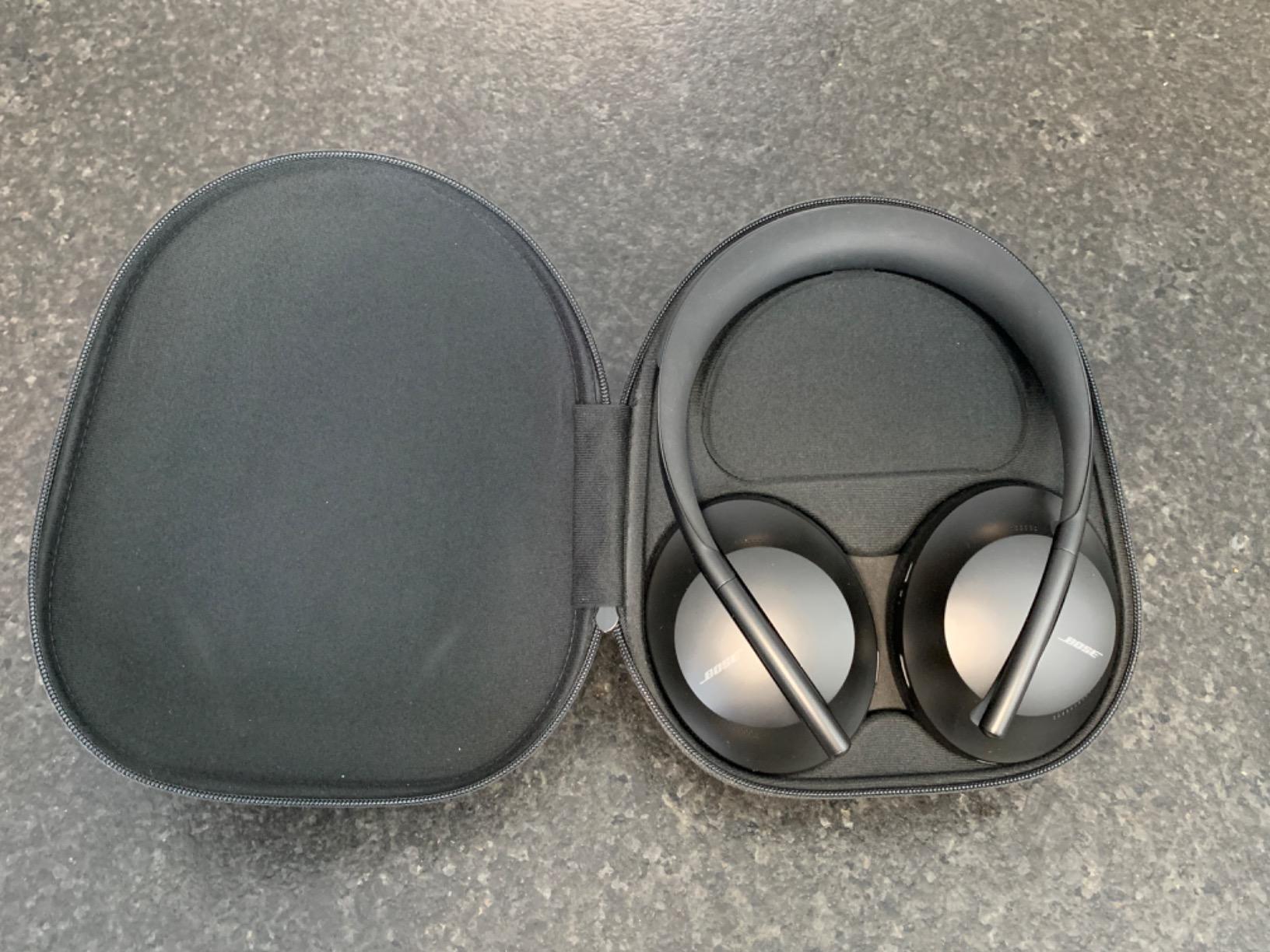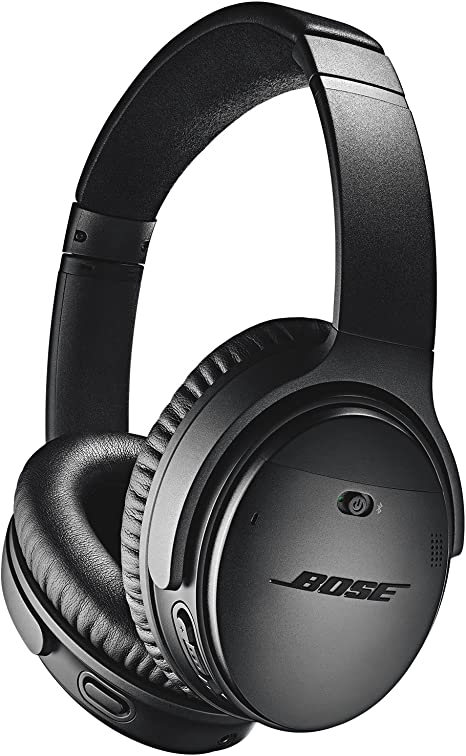Bose Smart Ultra Soundbar: Experience Immersive Sound with Dolby Atmos
Update on March 15, 2025, 9:27 a.m.
Imagine you’re watching a classic film – perhaps a sweeping epic with a dramatic score. The music swells, the dialogue is crisp, and you can generally tell where sounds are coming from: left, right, center. But it’s still fundamentally a flat experience. The sound is coming at you, not from all around you. For decades, this is how we’ve experienced audio in our homes. Stereo sound, while a significant improvement over mono, still presents a limited sonic picture. Now, imagine that same scene, but this time, the sounds envelop you. The rustling of leaves seems to come from above, the whisper of wind brushes past your ear, and the villain’s menacing footsteps echo from behind. This is the promise – and the reality – of spatial audio.

Sound in Three Dimensions: Unpacking Spatial Audio
Before we dive into the technology, let’s take a quick journey into how we, as humans, actually hear the world. Sound, at its core, is simply vibrations traveling through the air. These vibrations reach our outer ear, are funneled down the ear canal, and vibrate our eardrum. This vibration is then transferred through the tiny bones of the middle ear to the inner ear, specifically the cochlea. Inside the cochlea, these vibrations are converted into electrical signals that our brain interprets as sound.
But how do we perceive the location of a sound? This is where things get really interesting. It’s not just about which ear receives the sound first (although that’s part of it). Our brains are incredibly sophisticated sound processors, and they use a variety of cues to determine where a sound is coming from. One of the most important of these cues is something called the Head-Related Transfer Function, or HRTF.
Think of your HRTF as your personal acoustic fingerprint. The unique shape of your head, your outer ear (the pinna), and even your torso, all subtly alter the sound waves reaching your eardrums. These alterations – tiny delays, changes in volume, and filtering of certain frequencies – provide crucial information to your brain about the sound’s direction and elevation. Your brain has learned, over a lifetime, to interpret these subtle cues and instantly pinpoint the source of a sound.
So, what is spatial audio, really? Simply put, it’s any audio technology that attempts to replicate this natural, three-dimensional way of hearing. It goes beyond the left-right limitations of stereo and the front-back-sides of traditional surround sound, adding the crucial element of height. It’s about creating a truly immersive sound field that surrounds the listener, placing sounds not just around them, but also above and below.

Dolby Atmos: The Gold Standard of Immersive Sound
Dolby Atmos is currently the leading technology for delivering spatial audio in both cinemas and homes. It’s what’s known as an “object-based” audio format. To understand this, let’s contrast it with traditional channel-based surround sound (like 5.1 or 7.1). In a channel-based system, each sound is assigned to a specific speaker (front left, center, rear right, etc.). The sound engineer mixes the audio with these fixed speaker locations in mind.
Dolby Atmos, however, takes a different approach. Instead of assigning sounds to specific speakers, it treats sounds as individual “objects.” Each object has associated metadata – essentially, instructions that tell the audio system where that sound should be located in a three-dimensional space. Think of it like this: a helicopter flying overhead isn’t assigned to the “front left” speaker and then the “rear left” speaker. Instead, it’s defined as a “helicopter” object, with metadata that describes its position (X, Y, and Z coordinates) and movement over time.
This metadata is the key to Dolby Atmos’s flexibility and precision. The Dolby Atmos processor in your soundbar (or AV receiver) takes this metadata and, knowing the specific speaker configuration you have, renders the sound in real-time, sending the appropriate signals to each speaker to create the illusion of the helicopter flying overhead. This means that the sound isn’t tied to specific speaker channels; it’s dynamically placed in the 3D space, creating a much more realistic and immersive soundscape.
The height dimension is, of course, crucial to this effect. Traditional surround sound systems create a sound field that’s largely horizontal. Dolby Atmos adds the vertical dimension, making sounds appear to come from above you. This is typically achieved through upward-firing speakers that bounce sound off the ceiling, creating the illusion of overhead sound.
Enter the Bose Smart Ultra Soundbar: Precision Engineering for Immersive Audio
The Bose Smart Ultra Soundbar is specifically designed to take full advantage of Dolby Atmos and deliver this immersive, three-dimensional sound experience. At its heart are six carefully engineered transducers. A transducer, in simple terms, is a device that converts one form of energy into another – in this case, electrical signals into sound waves.
The most notable of these are the two upward-firing dipole speakers. These aren’t your typical speaker drivers. Dipole speakers radiate sound in a figure-eight pattern, sending sound both upwards and downwards, but with minimal sound radiating to the sides. This specific radiation pattern is crucial for creating a convincing height effect. The upward-firing sound waves reflect off your ceiling, creating the illusion that the sound is coming from above. The downward-firing component adds to the overall richness and fullness of the sound. The remaining four transducers are full range drivers responsible for the horizontal dimension.
Bose TrueSpace: Bringing Spatial Audio to Everything
While Dolby Atmos content is becoming increasingly common, there’s still a vast library of movies, TV shows, and games that were created in traditional stereo or surround sound formats. This is where Bose TrueSpace technology steps in. TrueSpace is a proprietary digital signal processing (DSP) algorithm that intelligently analyzes non-Atmos content and upmixes it, creating a simulated spatial audio experience.
So, what exactly is Digital Signal Processing (DSP)? Think of it as a highly specialized computer dedicated to manipulating audio signals. DSP algorithms can perform a wide range of tasks, from simple equalization (adjusting bass and treble) to complex effects like reverb and, in the case of TrueSpace, spatial audio upmixing.
TrueSpace doesn’t simply “spread” the stereo or surround sound across the available speakers. Instead, it analyzes the audio content in real-time, identifying individual sound elements – dialogue, music, sound effects – and intelligently separating and placing them within the soundstage. It uses sophisticated algorithms to create a sense of height and spaciousness, even from content that wasn’t originally designed for it.
The real-world benefits of this are significant. Your older movie collection, classic TV shows, and even video games that predate spatial audio can all be experienced with a newfound sense of immersion. TrueSpace breathes new life into your existing content, making it sound richer, fuller, and more engaging.
A.I. Dialogue Mode: Hear Every Word, Clearly
One of the most frustrating experiences with home theater systems can be struggling to hear dialogue, especially during action-packed scenes with loud sound effects and music. Traditional audio mixing often prioritizes the overall impact of the soundscape, sometimes at the expense of vocal clarity.
The Bose Smart Ultra Soundbar addresses this issue directly with A.I. Dialogue Mode. This feature leverages the power of artificial intelligence – specifically, machine learning – to isolate and enhance vocal frequencies. The AI algorithm is trained on vast amounts of audio data, learning to distinguish human speech from other sounds. In real-time, it analyzes the incoming audio signal, identifies the vocal components, and subtly boosts them, ensuring that dialogue remains clear and intelligible, even amidst complex sound mixes. It doesn’t just make everything louder; it intelligently balances the vocals with the rest of the audio, preserving the overall dynamic range and impact of the soundtrack.
Beyond Sound: Smart Features and Seamless Integration
The Bose Smart Ultra Soundbar is more than just a sound delivery system; it’s designed to be a central part of your smart home ecosystem.
-
Voice Assistants: With built-in Amazon Alexa and Google Assistant, you can control the soundbar – and other compatible smart home devices – using just your voice. You can play music, adjust the volume, check the weather, set timers, and much more, all hands-free.
-
SimpleSync: Bose SimpleSync technology allows you to wirelessly connect the soundbar to other compatible Bose products. This is incredibly useful for two main scenarios. First, you can pair it with select Bose headphones for a private listening experience, allowing you to enjoy immersive sound without disturbing others. Second, you can connect it to other Bose speakers for multi-room audio, creating a synchronized sound system throughout your home.
-
ADAPTiQ: Every room is acoustically unique. The size, shape, furnishings, and even the materials used in the walls and floors can all affect how sound waves travel and interact. ADAPTiQ is Bose’s automatic room calibration technology. Using the included headset microphone, the system measures the acoustic characteristics of your room and adjusts the soundbar’s output accordingly, optimizing the audio performance for your specific listening environment.
-
Connectivity: ADAPTiQ is Bose’s automatic room calibration technology. Using the included headset microphone, the system measures the acoustic characteristics of your room and adjusts the soundbar’s output accordingly, optimizing the audio performance for your specific listening environment.

Optimizing Your Sound: Placement and Acoustics
While the Bose Smart Ultra Soundbar is packed with advanced technology, a few simple steps can help you get the absolute best sound quality:
-
Finding the “Sweet Spot”: Ideally, the soundbar should be placed directly below (or above) your TV, centered horizontally. Sit directly in front of the soundbar, at a distance that allows the sound from all the speakers to blend properly. This is often referred to as the “sweet spot.”
-
Simple Room Tweaks: While ADAPTiQ does a great job of compensating for room acoustics, there are some basic things you can do to improve your listening environment. Soft furnishings, like rugs, curtains, and upholstered furniture, can help absorb sound reflections and reduce echoes. Hard, reflective surfaces, like bare walls and large windows, can create unwanted reverberation. Experimenting with the placement of these elements can make a noticeable difference.
The Future of Sound is Here, and It’s All Around You
Spatial audio represents a significant step forward in home entertainment. It’s not just about louder or more channels; it’s about creating a truly believable and immersive sonic world. Technologies like Dolby Atmos and sophisticated DSP algorithms like Bose TrueSpace are making this a reality. While advancements will undoubtedly continue – perhaps with even more precise sound object placement, personalized HRTF profiles, and even holographic sound projections – the fundamental shift towards a more natural, three-dimensional way of experiencing audio is already here. The Bose Smart Ultra Soundbar, with its combination of advanced technology and user-friendly design, offers a compelling gateway to this exciting new world of sound.



























































